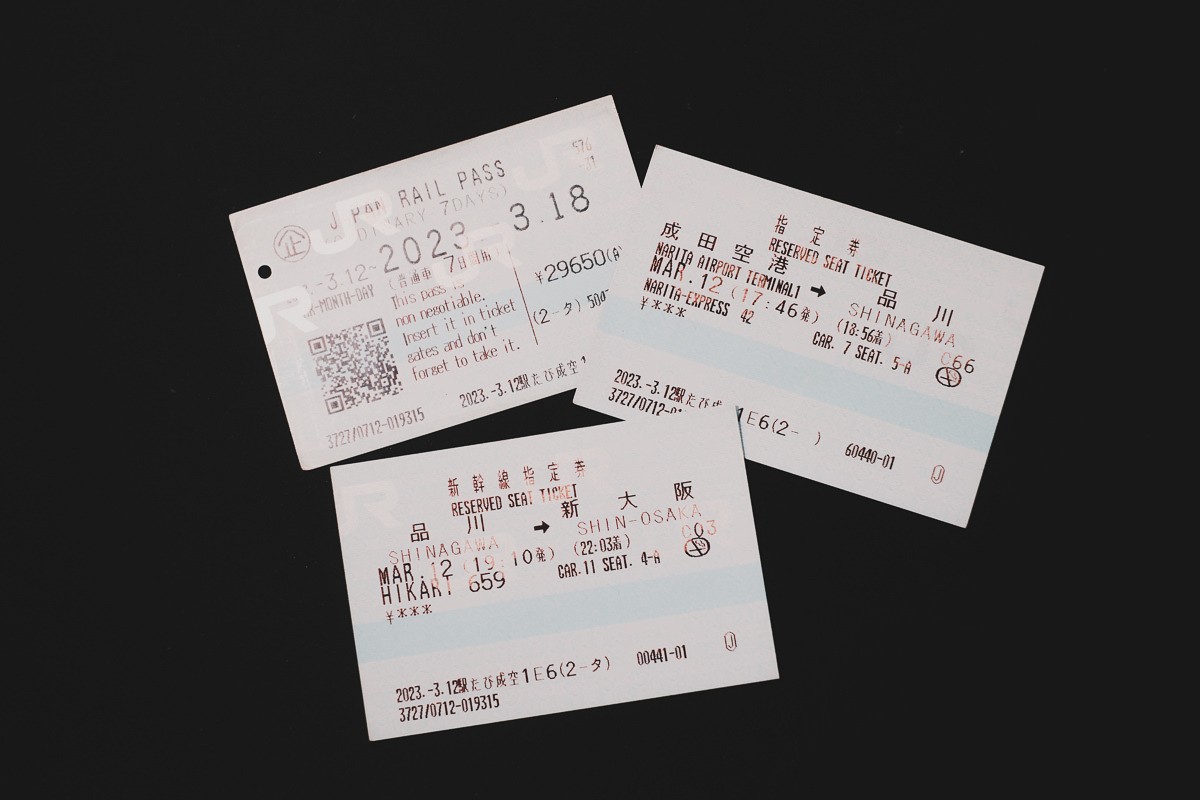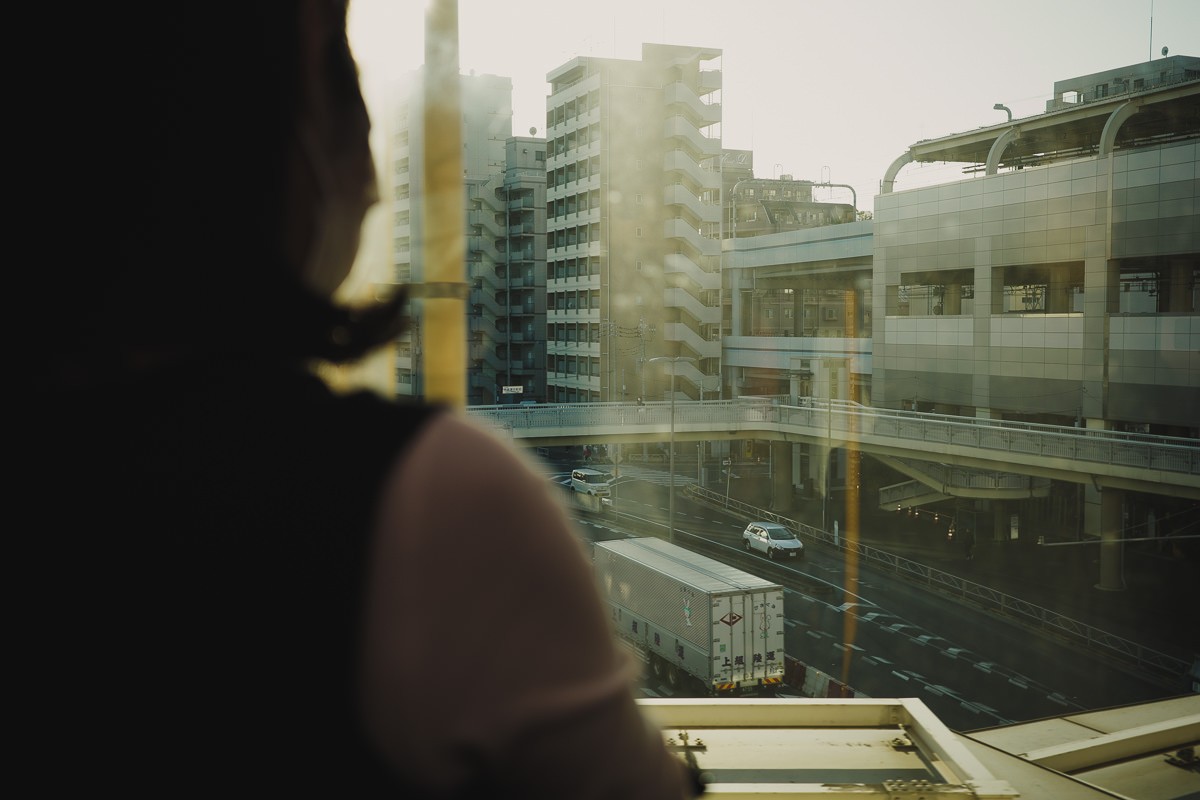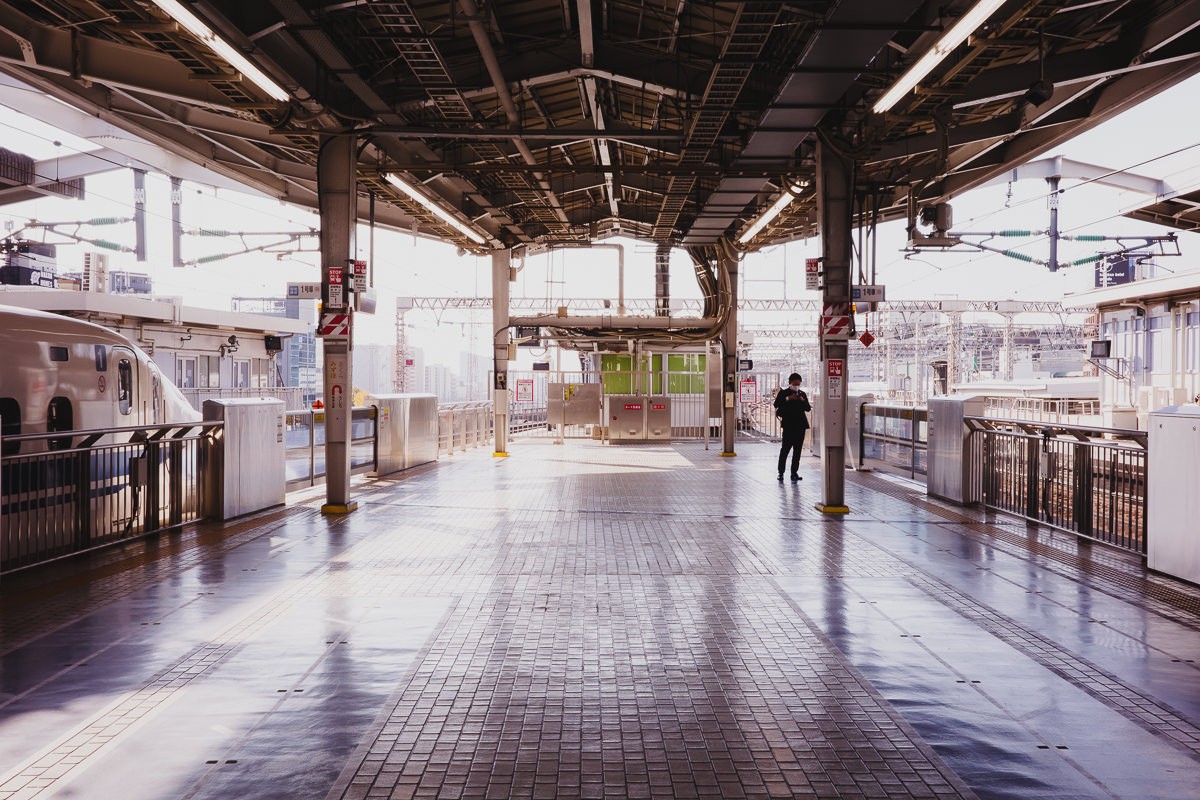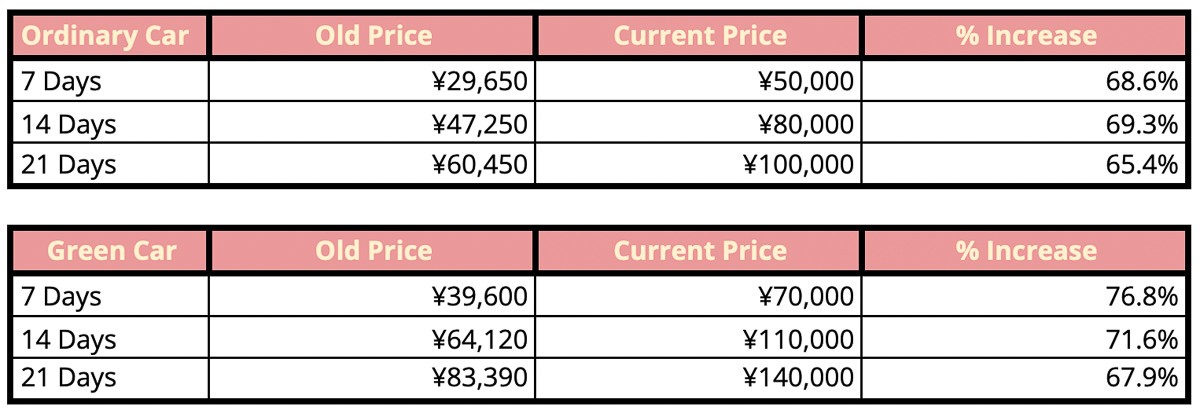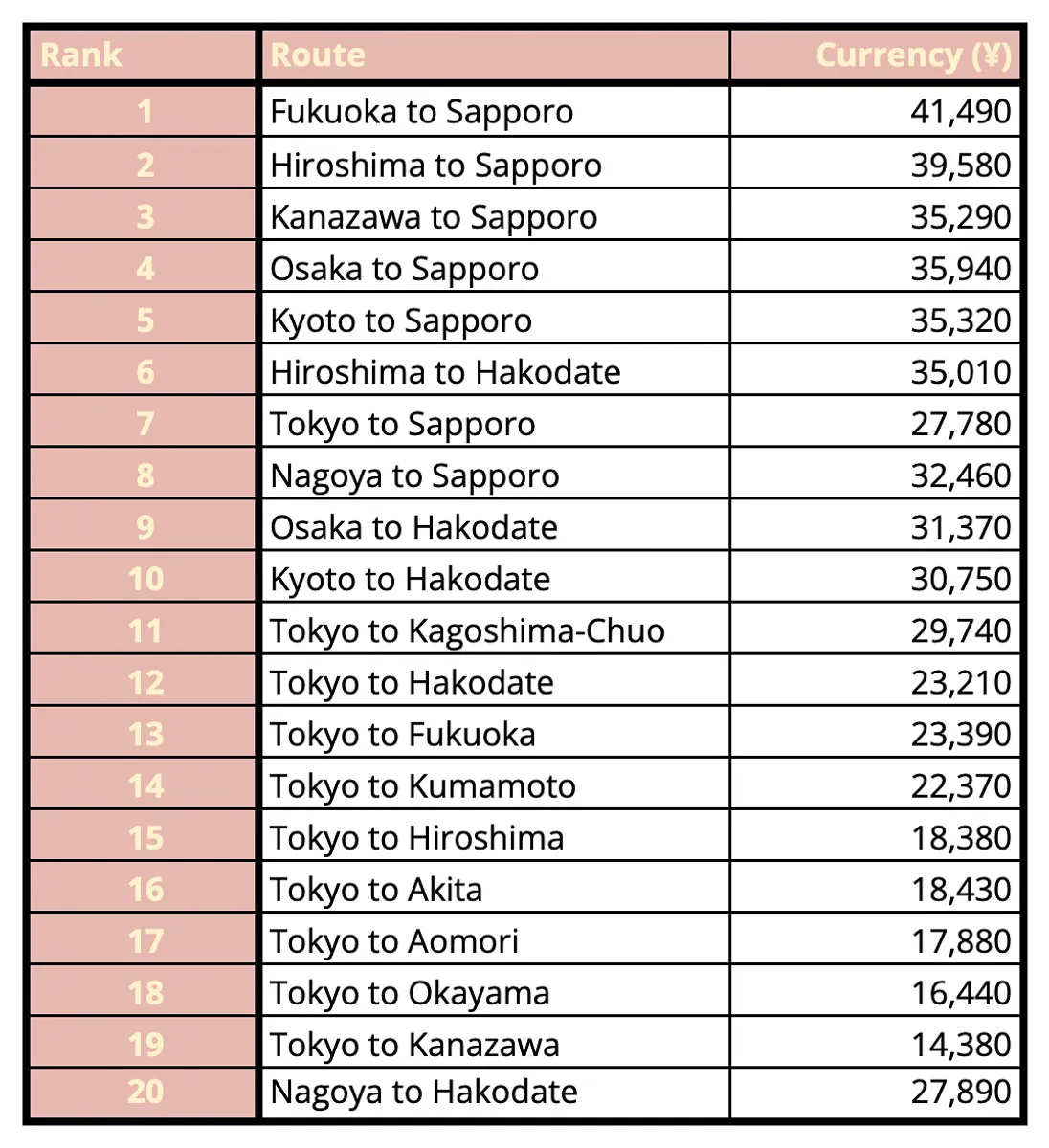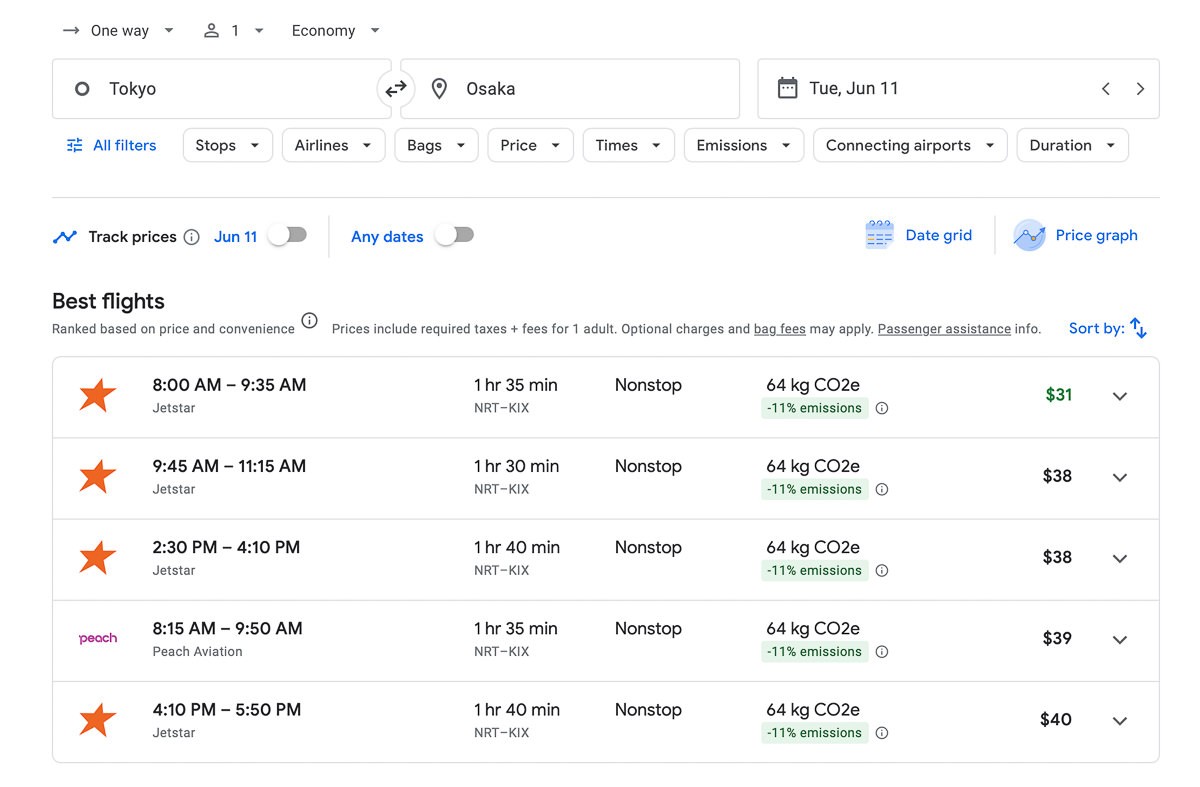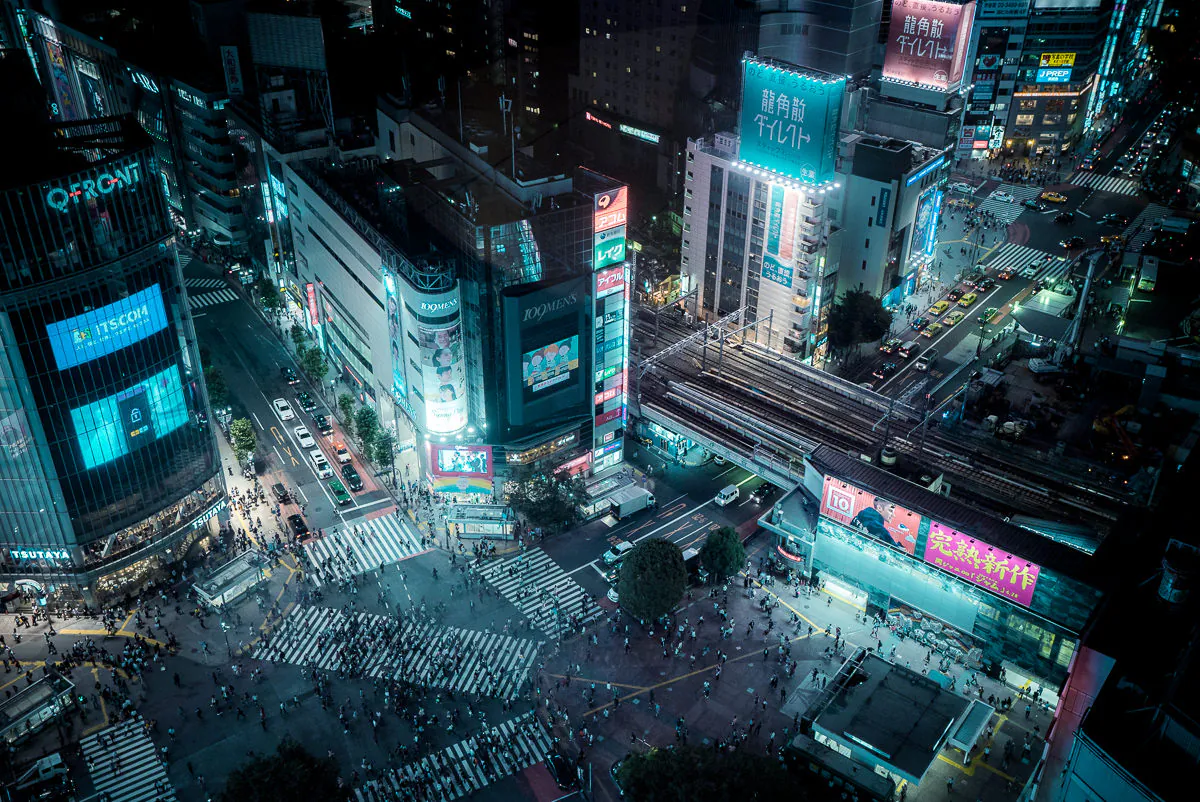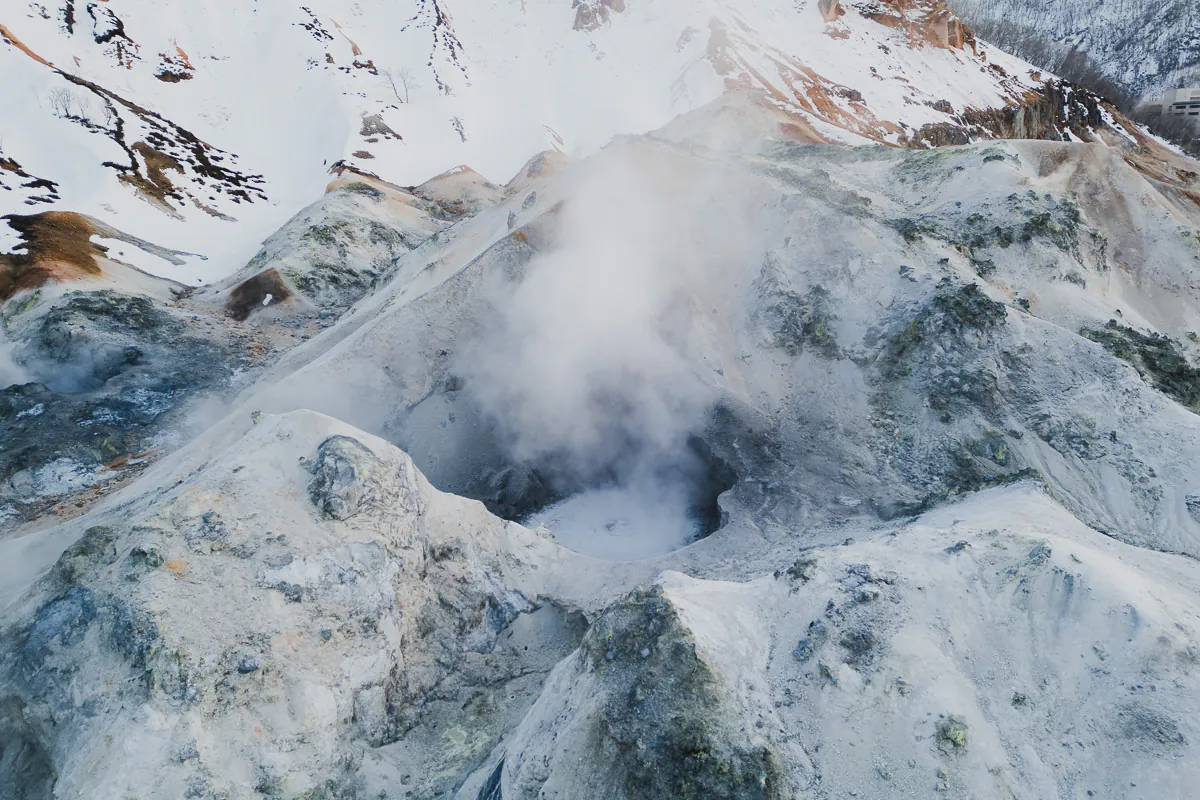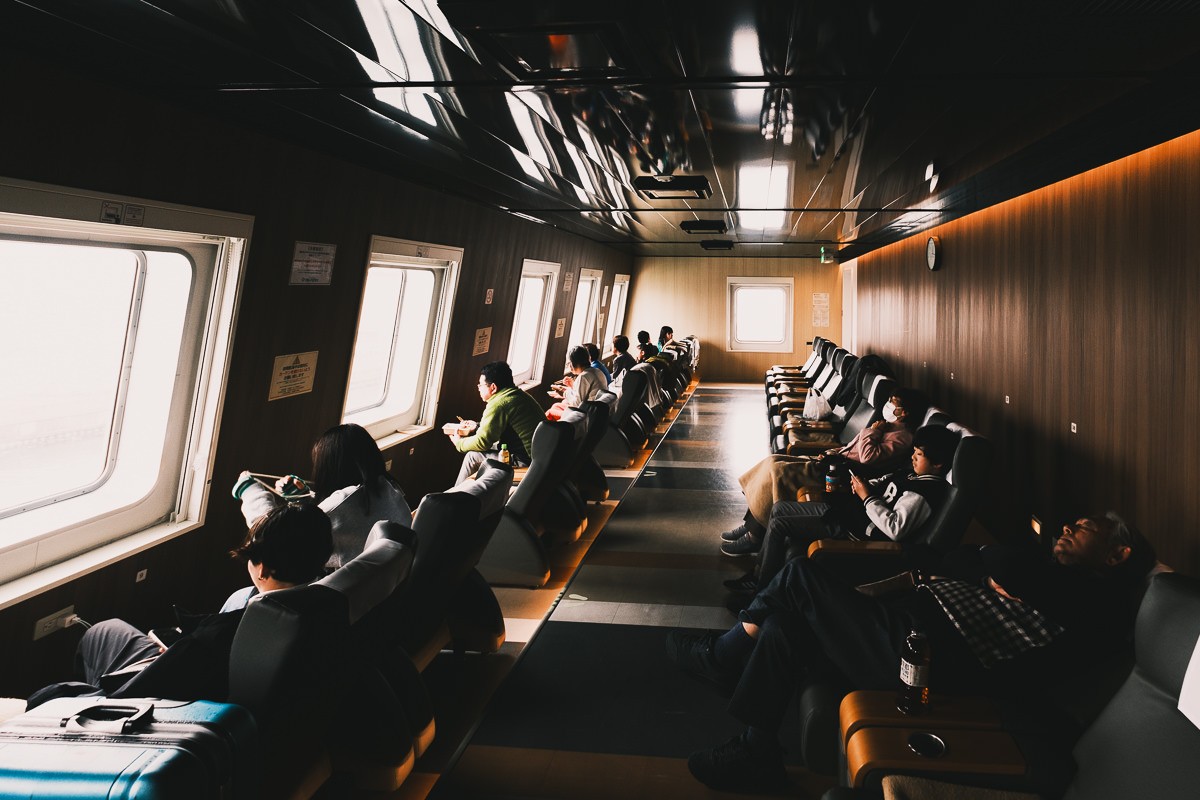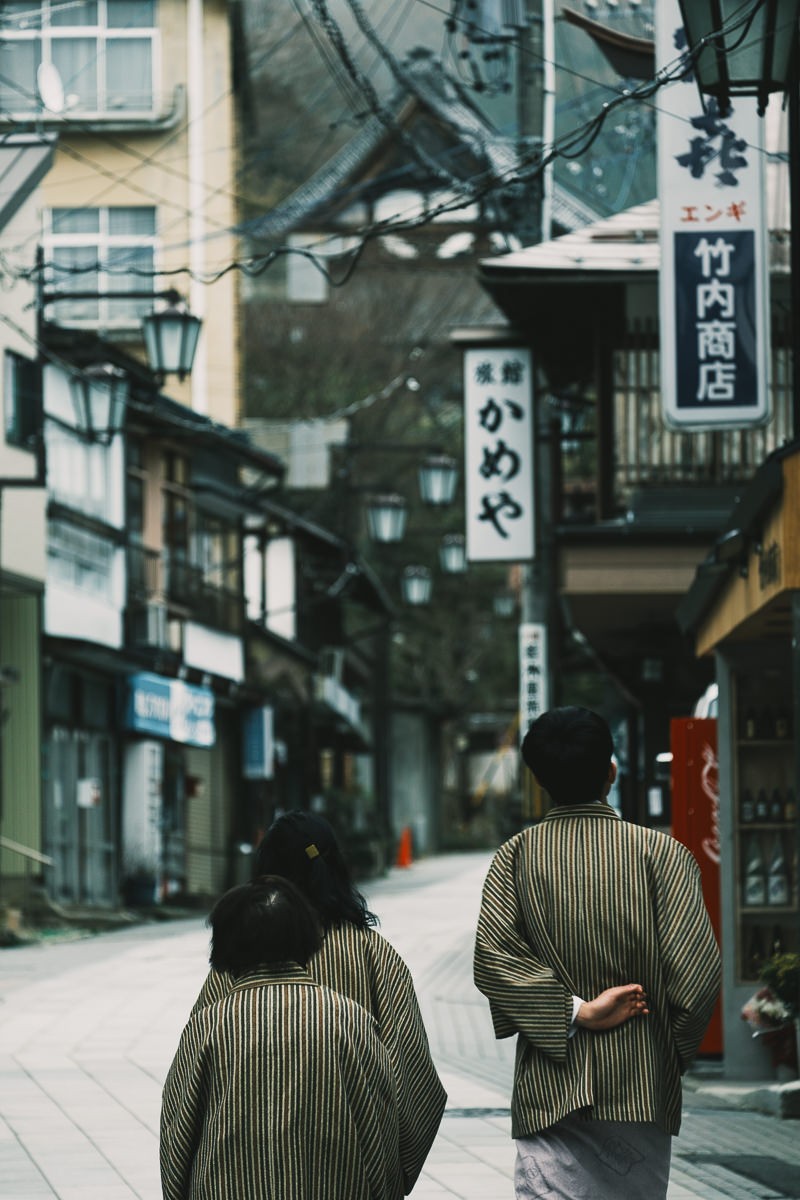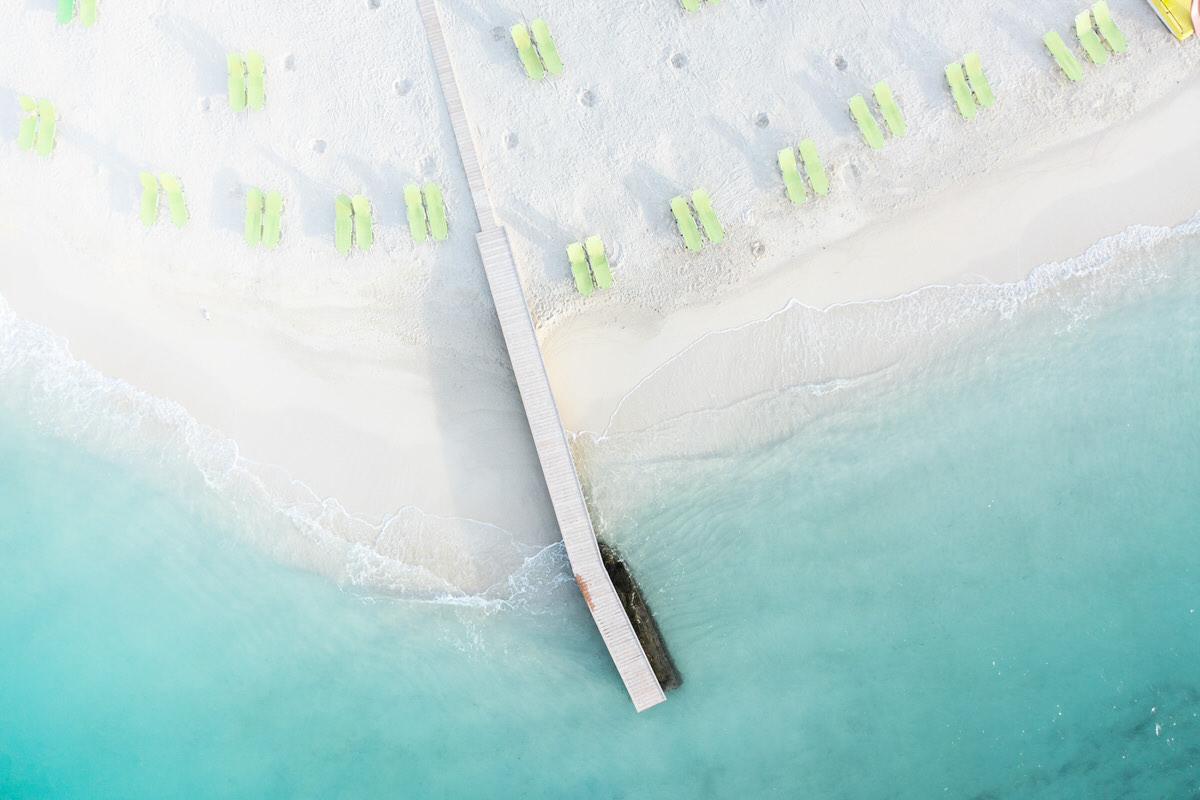When Is The JR Rail Pass Still Worth Buying In 2025?
When Is The JR Rail Pass Still Worth Buying In 2025?
For many years, the JR Rail Pass was one way to save money and experience the efficiency of Shinkansen (bullet train travel) traveling around Japan. I used it on an 8 day trip covering Tokyo, Osaka, Kyoto, Nara, and Nagano and saved about over $100 compared to buying individual tickets. That was before October 1, 2023, when the JR Group announced a price hike of nearly 70% to the entire lineup of JR rail passes.
The bottom line is that in 2024, the JR Rail Pass is no longer worth it for most travelers.
It almost seems like the decision was made to discourage the use of the pass. Is that so?
Why Have JR Rail Pass Prices Increased So Dramatically?
While many parts of the world has seen wild inflation over the last few years, Japan has more or less kept prices in the country in check. So, while everything else stays the same, including train tickets, why has the JR Rail Pass prices increased so much?
This topic has been debated on different forums and I think it comes down to a few things that makes a bit more sense than what’s perceived on the surface.
The JR Rail Pass is subsidized
The JR Rail Pass is for temporary visitors and foreigners and it’s subsidized the government effectively through the taxes of the local citizens. In some ways, it’s a bit of a slap in the face for the locals that they have to pay a higher price than foreigners to ride on the same train.
In the past, it could be argued that the rail pass was a way for travelers to visit more places in Japan as a boost to tourism – especially areas further away from Tokyo. The reality was that most tourists still stuck to the “Golden Triangle” route between Tokyo, Kyoto, and Osaka.
The Tokyo – Kyoto – Osaka – Tokyo Route
Just taking the bullet train from Tokyo to Kyoto and back used to almost cost the same as the 7 day pass. ¥26,640 vs ¥29,650. When you factored in a one-way trip from the airport (¥3,320), every trip in between is effectively free. The thing is, pass or no pass, tourists will still take the bullet train to Kyoto and back. Is there really a reason for the locals to still subsidize foreign travel?
Japan Is Popular At The Moment
On top of that, despite a slower reopening after the pandemic, Japan’s popularity is now at an all time high. According to the Japan National Tourism Organization (JNTO), March 2024 saw a record-breaking 3,081,600 international travelers, which is an 11.7% increase compared to the same month in 2019.
The 8.5 million visitors from January to March reflects a 69.5% increase in tourism from just the year before. With the dollar-yen exchange rate also at an all time high time ($1 = ¥156, May 2024), there’s a lot of hype around visiting Japan while it’s “cheap.”
Once again, there’s just no need to offer further discounts to incentivize travel to Japan.
How Much Did The JR Rail Pass Increase By After October 1, 2023?
Current Shinkansen Prices For Major Routes In Japan
Below is a matrix chart I created for bullet train prices (one-way, ordinary car) between major destinations in Japan. Prices can vary a bit based on seat reservation and the type of train you take.
Most Expensive Shinkansen Routes In Japan
Alternatives To Shinkansen Travel
If you’re looking at the prices above, it might be tempting to think that you can “save” money if you’re taking a couple of the longer routes like from Fukuoka in the west to Sapporo to the north in Hokkaido. The thing is, as efficient and comfortable as Shinkansen travel can be, on longer routes, you can take a non-stop flight for quicker and much less. I just picked a random date in June to highlights some travel examples:
From Tokyo to Osaka, I’d still prefer to convenience of the Shinkansen, but I found a non-stop flight for as low as $31.
From Tokyo to Sapporo, I found a 2 hour flight for $34. The same trip requires about a 4 hour train from Tokyo to Shin-Hakodate and then a 3.5 hour train from Shin-Hakodate to Sapporo and costs about $180.
From Fukuoka to Sapporo, a 2 hour 20 minute flight can be as low as $61. Meanwhile, train travel will take about 14 hours and cost $270.
Even when you factor in the extra cost for checked luggage and airport transfers, sometimes the alternative is better than taking the Shinkansen. When you have the pass, you’re almost forced to prioritize JR Shinkansen travel, even when there are cheaper or more unique alternatives.
From Osaka To Kyoto, the Shinkansen ride will cost about ¥1420 yen and get you there in about 15 minutes. However, you can take the Special Rapid Express for just ¥560 yen from the more convenient Osaka Station to Kyoto in 29 minutes. If you’re not in a rush, I’d recommend the special Hankyu Garaku train from Osaka-Umeda Station to Kyoto-Kawaramachi Station in 44 minutes for ¥400 yen.
Scenarios Where The JR Rail Pass Still Make Sense
With the price increase, I don’t think the JR Rail Pass is worth it for most people who are looking to leisurely travel in Japan. For me, I prefer to buy individual tickets and have options for all alternative forms of travel when I’m in Japan. However, there are still scenarios where the the JR Rail Pass make sense to buy.
1. The First Time Or Tasting Menu Traveler
If you are planning to visit as many cities as possible and staying just 1 or 2 days in each city, the cost of individual tickets might be higher than the rail pass. I met someone who said he had been to Tokyo, Kanazawa, Shizuoka, Nagoya, Kyoto, Osaka, Hiroshima, Fukuoka, and Nagasaki. This was meeting on his 5th day of travel in Hakodate and he was still planning to visit Sapporo and then going back to Tokyo.
While he’s certainly maximizing his usage of the 7 day rail pass, I could not imagine moving so much and barely having time to appreciate each place. You don’t need to be as aggressive, but if you are planning to go straight from the airport in Tokyo to Kyoto, and spend a day each in Kyoto, Osaka, Nara, Hiroshima, and Fukuoka and returning to Tokyo on the last of the 7 days, you would be saving with the pass. Use the chart above to check for yourself.
2. The Longer Traveler
Even before the price change, I thought the 14 day and the 21 day passes made the more practical sense. Unlike the 7 day pass, you could still visit a fair number of spots while having at least 1-3 nights one each place.
The 14 day pass at ¥80,000 yen comes out to about ¥5700 ($36) a day. The 21 day pass at ¥100,000 comes out to ¥4760 ($30) a day. If you have 3 weeks and plan to do a grand trip traversing Japan and visiting, say, 10 destinations, the pass will save you money.
I would use this to get further north to Hokkaido and visit the many beautiful onsen and explore the nature beauty there.
3. The Traveler Who Values Convenience
Not everything is about saving money. For planners, buying directly from the official JR Rail website ahead of time, allows you to make seat reservations online and even ahead of arriving in Japan. When you purchase anywhere else, you will need to wait until you arrive in Japan and activate the pass to start making reservations. For those traveling with large luggage and want to reserve a seat with luggage storage, you usually want to do this well ahead of time because those seats get snatched up early.
Even if you don’t mind traveling in the unreserved seat carriage, it’s still convenient to not have to worry about buying individual tickets every time you travel.
Last thing, with the price increase, pass holders can now ride all the Shinkansen trains, including the faster Nozomi and Mizuho trains without paying an extra fee.
4. The High Frequency Day Trip Traveler
For travelers who like to base themselves in one place and do back and forth day-trips, you can take advantage of the unlimited travel to save money. I wouldn’t personally do it, but I can see a scenario where you stay in Tokyo and travel as far as Kyoto in the morning and return in the evening. The journey is about 2.5 hours each way.
You can then travel to Nagano to visit the snow monkeys and Zenko-ji Temple in a day and return to Tokyo in the evening. All to avoid the constant packing and unpacking.
5. The Golden Week Traveler
The busiest times of year to travel in Japan are Golden Week (late April to early May), New Years and Obon (mid-August). During these times, the ordinary cars often book up. Booking the Green Car pass, which allows travel in first class, offers both convenience and additional comfort, during these busy periods.
Cheapest Place To Buy JR Pass
There are many 3rd party vendors, but I only recommend two options:
1. The Official JR Rail Pass Website
If you know the days you want to use the JR Rail Pass ahead of time, you should purchase directly with the official JR Rail Website. The site can be translated to English. You just need to make an account to buy your ticket online. The benefits are below:
1. Booking directly will allow you to make seat reservations using their website. If you buy from a 3rd party seller online or in your home city, you can still make reservations, but you need to do it in person or at a machine.
2. You can purchase up to one day before you intend to use it. Great for last minute planners since you do not need to receive the physical voucher before arriving in Japan. You can pick up your pass with a confirmation number.
The drawback is that you need to know your exact date of travels at the time of purchase.
3. Klook
I prefer Klook because it’s the same price or less and it’s easier to purchase the ticket compared to the official site. You can buy your pass and have it delivered to you for free and there’s are always discounts and freebies added on. Klook is a reputable and authorized reseller of tickets focused on the Asia Region.
1. Klook sometimes sells the passes for cheaper than the official website, and it frequently offers discount codes.
2. You don’t need to know your exact dates of usage ahead of time. You will be a sent a physical voucher that can be exchanged at any JR office (airport, main train stations, etc). Once you exchange for a pass, you have up to 7 days to activate it. In other words, there’s a bit of flexibility if you don’t know your exact itinerary.
3. Klook currently offers a free 3GB SIM card when purchasing a JR Rail Pass
The drawback is that you cannot use the JR website to make seat reservations online. You can still travel with an unreserved seat or make a free seat registration in person or at a machine in the train station. This was never a problem for me.
Last Thoughts On the JR Pass
I’ve been to Japan at least half a dozen times and I’m a little sad that the prices have gone up. I thought the 14 day pass was a sweet spot that was perfectly for exploring the many regions of Japan. While the prices have made the pass, less attractive, I’ve noted the scenarios where it still makes sense. Even for your first trip to Japan, if you plan it right, you can still take advantage of the convenience and savings of the JR Rail Pass to see one of my favorite countries in the world.
Check out some of my other Japan guides below or if you’re looking for more travel inspirations, check out some of the 450+ experiences on my bucket list. Maybe you’ll find your next adventure on there.
How You Can Help
If you’ve found the content useful, you can help support this site by using these links when you plan and book your trip.
| Booking.com | Agoda.com |
| Amazon.com | Klook.com |
| Viator.com | GetYourGuide.com |
Updated on January 3, 2025






